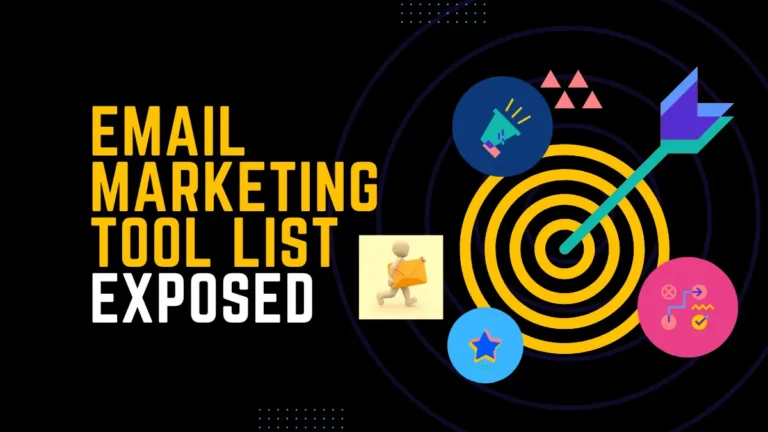Why SMEs Need Carbon Accounting
Carbon accounting is a critical part of managing your business’s carbon footprint. The good news is that it’s not as hard as you think.
This post will discuss why carbon accounting matters for small and medium-sized enterprises (SMEs) and how to start your carbon accounting efforts.
What is Carbon Accounting?
Carbon accounting tracks greenhouse gas emissions, which most companies need to do to comply with environmental regulations. You will be required to report your company’s greenhouse gas emissions each year, which can help you identify areas where reductions might be possible.
Carbon accounting is an integral part of managing your company’s carbon footprint—the amount of greenhouse gas emissions caused by your business activities. Carbon accounting aims to ensure that your company stays within its allowed limit for greenhouse gas emissions. Overstepping this limit can result in fines or other penalties from your city or state.
Why Should SMEs Do It?
It’s well known that small businesses have trouble keeping up with the latest trends in environmental sustainability. But how can you ensure your carbon footprint is as small as possible when running a small business?
The answer is carbon accounting. Carbon accounting allows you to keep track of your company’s greenhouse gas emissions, measured in CO2 equivalent units or CO2e. If you analyze this information, you can make better decisions about which parts of your business use too much energy and where it makes sense to invest in conservation.
Carbon accounting also gives you access to an essential tool: carbon offsets. When applied correctly, carbon offsets allow companies like yours to pay for reductions in emissions elsewhere—such as through tree planting or renewable energy projects—and then use those reductions as credits against their emissions.
This means that if your company has more emissions than it would like, it won’t be penalized by the government for those extra emissions; instead, it can simply buy credits from another company that has already reduced its emissions enough to cover its needs.
What Are the Benefits of Carbon Accounting for SMEs?
Carbon accounting is a method of tracking and reporting emissions from your business. By calculating your carbon footprint, you’ll be able to see which areas of your business are harming the environment the most and how best to reduce their impact.
If you’re not familiar with carbon accounting, here are some of the benefits of carbon accounting you should know:
Reduce Your Company’s Energy Consumption
Efficiency is a driving force behind any business, including how much energy your organization uses. By understanding where you’re using the most, you’ll be able to make changes to your processes that help you save money and resources.
Begin by tracking your electricity consumption over a period of time, so you’ll know how much each department contributes to your monthly bill. For example, if one department uses more than another—even if those departments are similar in size—you may want to investigate what makes them different.
For example, the power consumption difference could be due to different equipment or processes used in each department. Once you’ve identified which departments use more energy than others, consider ways to reduce their consumption and save some money!
It Helps Identify Inefficient Processes in Your Business
Carbon accounting is a great way for small and medium-sized enterprises to identify inefficiencies in their business processes. For example, if you manufacture products using carbon-intensive methods and are looking to reduce costs, switching over to an environmentally friendly manufacturing process could help.
Carbon accounting also gives you a better understanding of how much carbon emissions are produced by each phase of your business’s operation. This knowledge can help you reduce overall emissions while still meeting production demands.
Can Give You an Understanding of How Much CO2 Your Company Emits
Carbon accounting is a way of tracking the amount of carbon dioxide emitted by an individual, community or corporation. This can be done in two ways:
- Directly – This involves taking a sample of air and measuring its carbon dioxide content.
- Indirectly – This involves using software to calculate how much carbon dioxide is released by burning fuel, for example, and then multiplying that figure by the amount used by your business.
One of the benefits of carbon accounting for SMEs is that it gives you an understanding of how much CO2 your company emits so that you can take steps to mitigate damage to the environment by reducing emissions or offsetting them with projects which reduce greenhouse gas emissions elsewhere.
Conclusion
Carbon accounting is a powerful tool for SMEs to manage their carbon emissions. It can be used as a way to demonstrate their commitment to the environment, and it can also help them save money by making more efficient use of resources.
Many companies don’t take carbon accounting seriously because they think it’s too much trouble. But with a few simple steps, even small businesses can make this process easier and more effective than ever before. If you’re interested in more topics about carbon accounting, check out our blog now.
Read more: Insights On How To Create a Virtual Metaverse World



